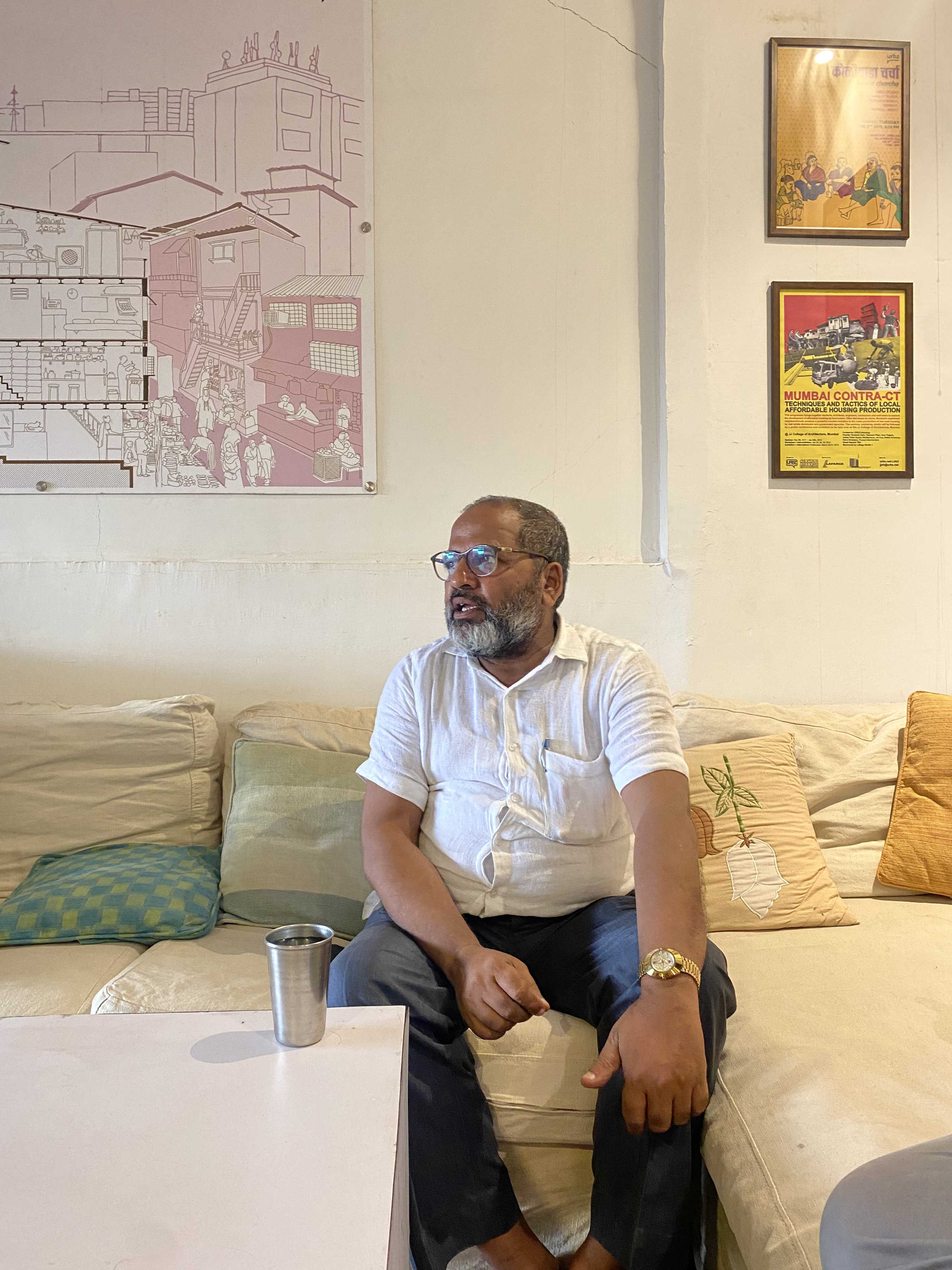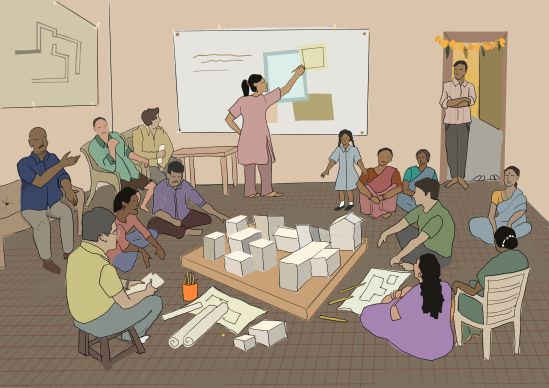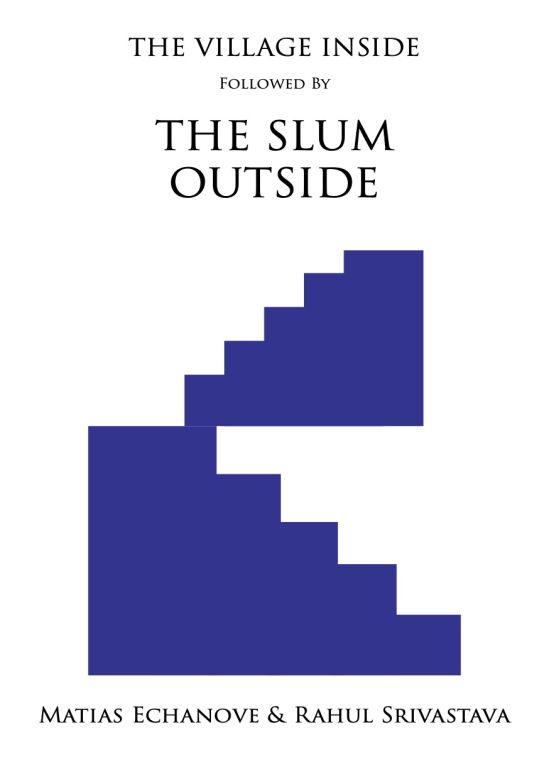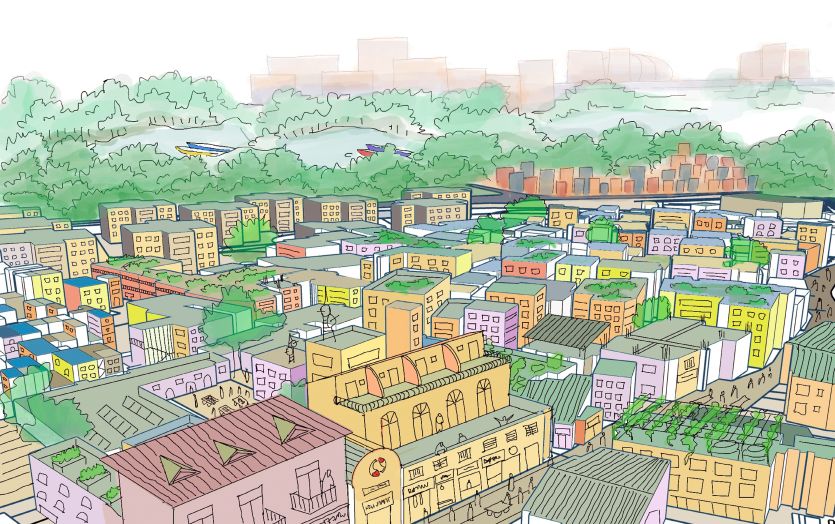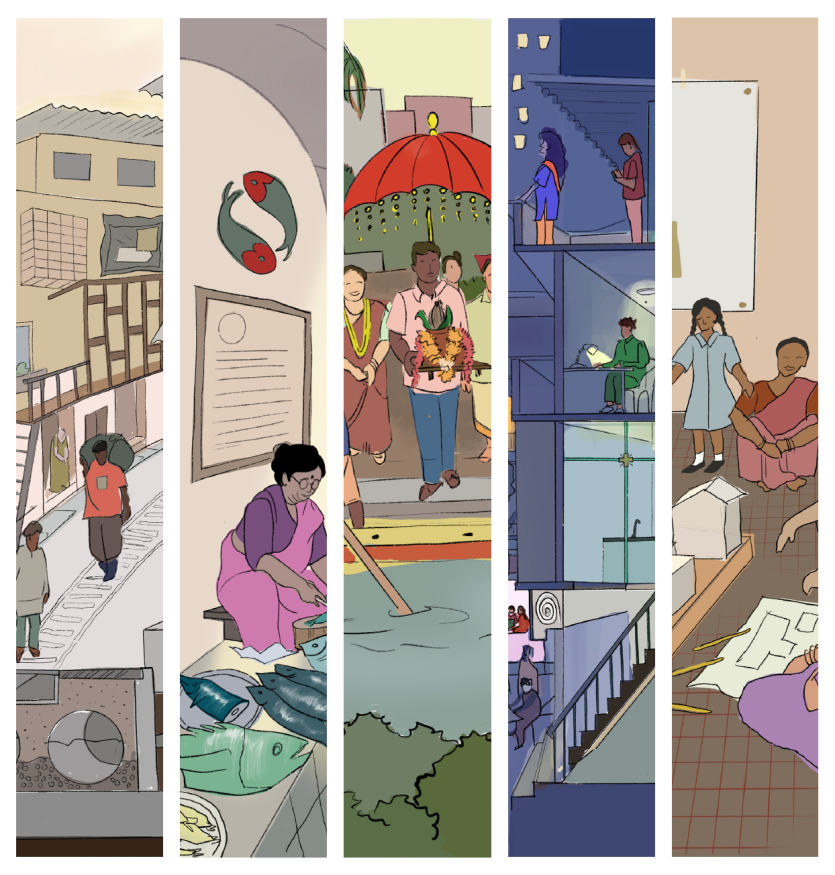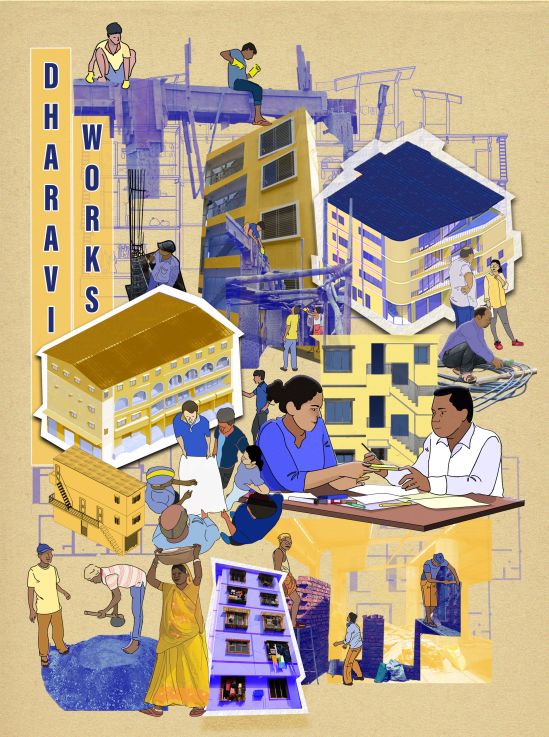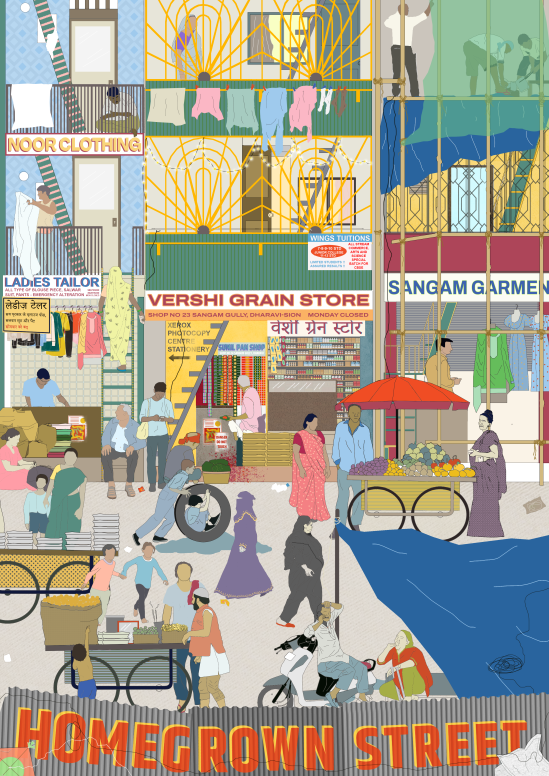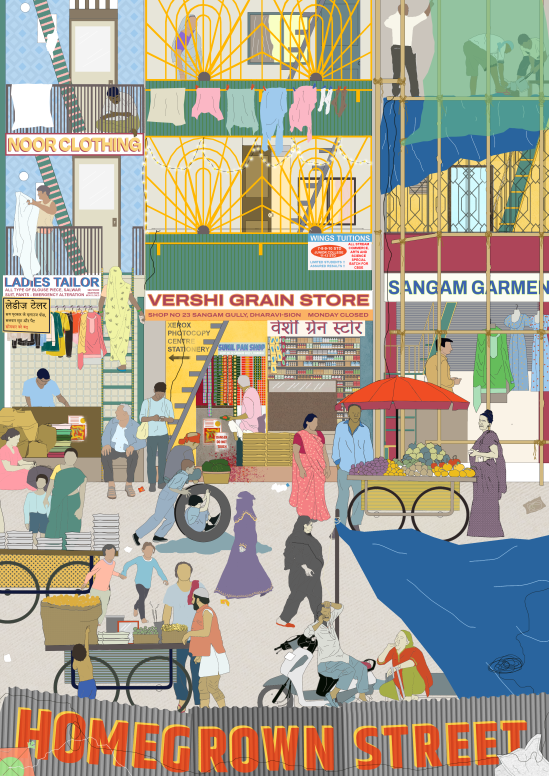62 result(s)
A new book by urbz co-founders, Matias Echanove and Rahul Srivastava, drawing on their learning from Mumbai, Tokyo and other cities where they have been active for over 15 years.
On a rainy afternoon, we visited Irfan’s workshop, somehow quieter than the surroundings. We assisted and watched him while he worked, and he narrated his story to us.
Tahir Bhai takes us through his journey of self-exploration, bitter-sweet memories of his Kismat (fate) and being a spect-actor in Dharavi’s emergence as a socio-economic powerhouse.
urbz has spent the last fifteen years in the neighbourhood of Dharavi, actively participating in the user-driven evolution of its material and social life. This has given us the confidence to conceptualise and embark on a project called “The ABCD of Dharavi Koliwada” - An Action Based Comprehensive Development Plan that aims to support the incremental development of the neighbourhood.
Bringing knowledge and skills from their villages, generations of Dharavi residents have pushed the slum outside of their homes, streets and neighbourhoods. Isn't it time we recognize and support their efforts? We compile and republish two texts originally published by New Village Press in New York and Strelka University Press in Moscow.
This article presents the Koliwada in Dharavi through the evolution of its built and natural environment, tracing the Koli's fight for their land, how the community is leading the development of their neighbourhood and our role in it.
Following up on the biggest news we had in our yearly update, we want to share more about how we got to kickstart our dream project in Dharavi Koliwada. Here we go.
Dharavi Works is a series of projects designed in Mumbai by urbz in partnership with local inhabitants and contractors.
We are taking the Design Comes as We Build project to the next level - the Homegrown Street!


